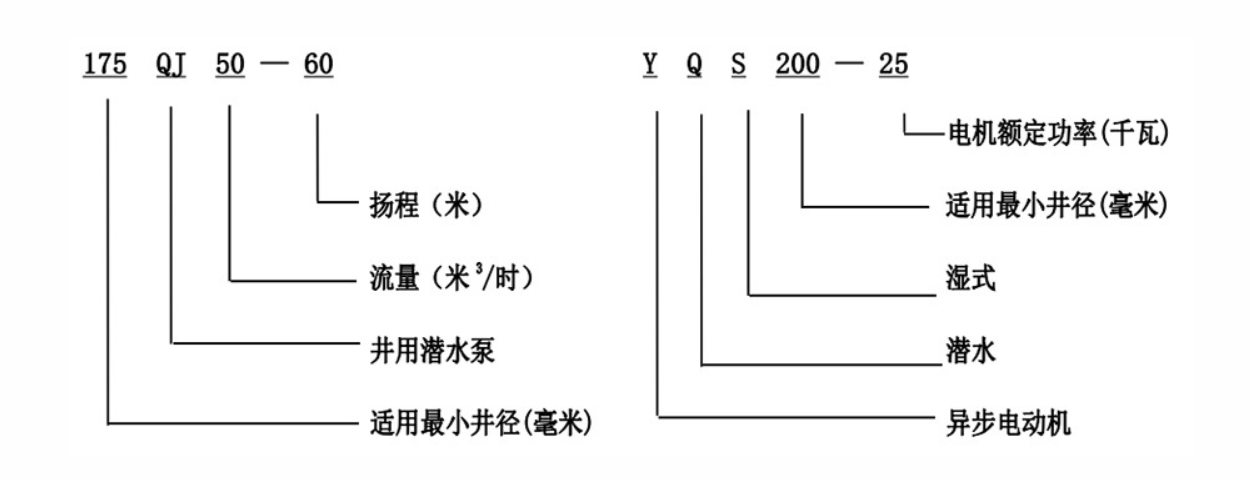Dec . 03, 2024 17:28 Back to list
installing submersible well pump
Installing a Submersible Well Pump A Comprehensive Guide
Installing a submersible well pump is a crucial task for anyone looking to access groundwater for domestic use, irrigation, or industrial purposes. Unlike above-ground pumps, submersible pumps are designed to be submerged in the water, offering several advantages such as increased efficiency, reduced risk of cavitation, and a quieter operation. This article will guide you through the essentials of installing a submersible well pump.
Understanding Submersible Well Pumps
A submersible well pump consists of a motor and a pump combined into a single unit. It works by pushing water to the surface through a series of impellers, with the motor being placed below the water level. When installing a submersible pump, one must consider several factors including the depth of the well, pump capacity, and the type of water being pumped.
Tools and Materials Needed
Before beginning the installation, gather the necessary tools and materials
- Submersible well pump - Pump cable (waterproof) - Discharge pipe or hose - PVC pipe fittings - Well pitless adapter - Wrench and socket set - Rope or tape for lowering the pump - Electrical tape and connectors - Water level measuring tape
Step-by-Step Installation Process
1. Site Assessment
Begin with a thorough assessment of the well site. Determine the depth of the well and the water level. This will help in selecting the right pump model with the appropriate capacity and power.
2. Setting Up the Pump
Place the submersible pump on a flat surface and connect the discharge pipe to the pump. Ensure all fittings are tightly secured and watertight. Use appropriate PVC fittings to connect the discharge line to prevent leaks.
installing submersible well pump

3. Lowering the Pump into the Well
Using a strong rope or a lifting tape, carefully lower the pump into the well. Ensure that the power cable is not twisted or damaged during this process. It's essential to lower the pump straight down to avoid any unnecessary strain on the power cable or the pump itself.
4. Connecting the Power Supply
Once the pump is in position, connect the power supply. However, ensure that the circuit is safe and meets local electrical codes. Use waterproof connectors and electrical tape to secure the connections, preventing moisture from interfering with the electrical system.
5. Installing a Pitless Adapter
If your well does not have a pitless adapter, you will need to install one to allow the water to flow from the well below the frost line. This prevents freezing during winter and facilitates easier access for future maintenance.
6. Testing the System
After the pump is securely in place and all connections are made, it's time to test the system. Turn on the power and listen carefully for any unusual noises. Check for leaks around the fittings and ensure the water flow is consistent.
7. Final Adjustments and Maintenance Planning
Following the successful test, make any necessary adjustments to the discharge pipe or connections. Plan for regular maintenance, including periodic inspections of the pump, checking electrical connections, and monitoring the water quality.
Conclusion
Installing a submersible well pump can seem daunting at first, but with careful planning and execution, you can successfully access the water you need. Remember to follow all safety guidelines and local regulations throughout the installation process. With the right equipment and knowledge, you’ll enjoy the benefits of a reliable water supply for years to come. Regular maintenance and attention will ensure your submersible well pump operates efficiently and lasts longer, providing you with peace of mind and a consistent water source.
-
Submersible Water Pump: The Efficient 'Power Pioneer' of the Underwater World
NewsJul.01,2025
-
Submersible Pond Pump: The Hidden Guardian of Water Landscape Ecology
NewsJul.01,2025
-
Stainless Well Pump: A Reliable and Durable Pumping Main Force
NewsJul.01,2025
-
Stainless Steel Submersible Pump: An Efficient and Versatile Tool for Underwater Operations
NewsJul.01,2025
-
Deep Well Submersible Pump: An Efficient 'Sucker' of Groundwater Sources
NewsJul.01,2025
-
Deep Water Well Pump: An Efficient 'Sucker' of Groundwater Sources
NewsJul.01,2025
-
 Submersible Water Pump: The Efficient 'Power Pioneer' of the Underwater WorldIn the field of hydraulic equipment, the Submersible Water Pump has become the core equipment for underwater operations and water resource transportation due to its unique design and excellent performance.Detail
Submersible Water Pump: The Efficient 'Power Pioneer' of the Underwater WorldIn the field of hydraulic equipment, the Submersible Water Pump has become the core equipment for underwater operations and water resource transportation due to its unique design and excellent performance.Detail -
 Submersible Pond Pump: The Hidden Guardian of Water Landscape EcologyIn courtyard landscapes, ecological ponds, and even small-scale water conservancy projects, there is a silent yet indispensable equipment - the Submersible Pond Pump.Detail
Submersible Pond Pump: The Hidden Guardian of Water Landscape EcologyIn courtyard landscapes, ecological ponds, and even small-scale water conservancy projects, there is a silent yet indispensable equipment - the Submersible Pond Pump.Detail -
 Stainless Well Pump: A Reliable and Durable Pumping Main ForceIn the field of water resource transportation, Stainless Well Pump has become the core equipment for various pumping scenarios with its excellent performance and reliable quality.Detail
Stainless Well Pump: A Reliable and Durable Pumping Main ForceIn the field of water resource transportation, Stainless Well Pump has become the core equipment for various pumping scenarios with its excellent performance and reliable quality.Detail
